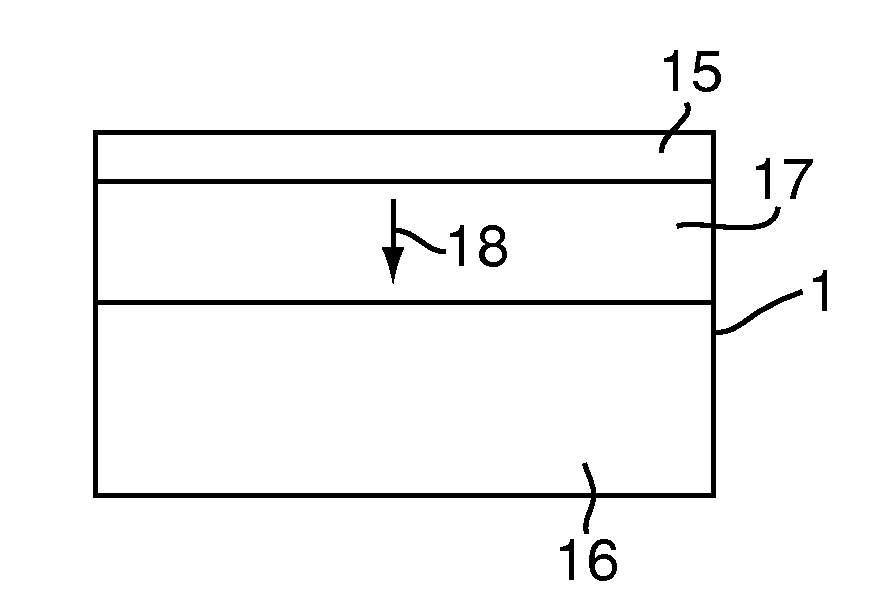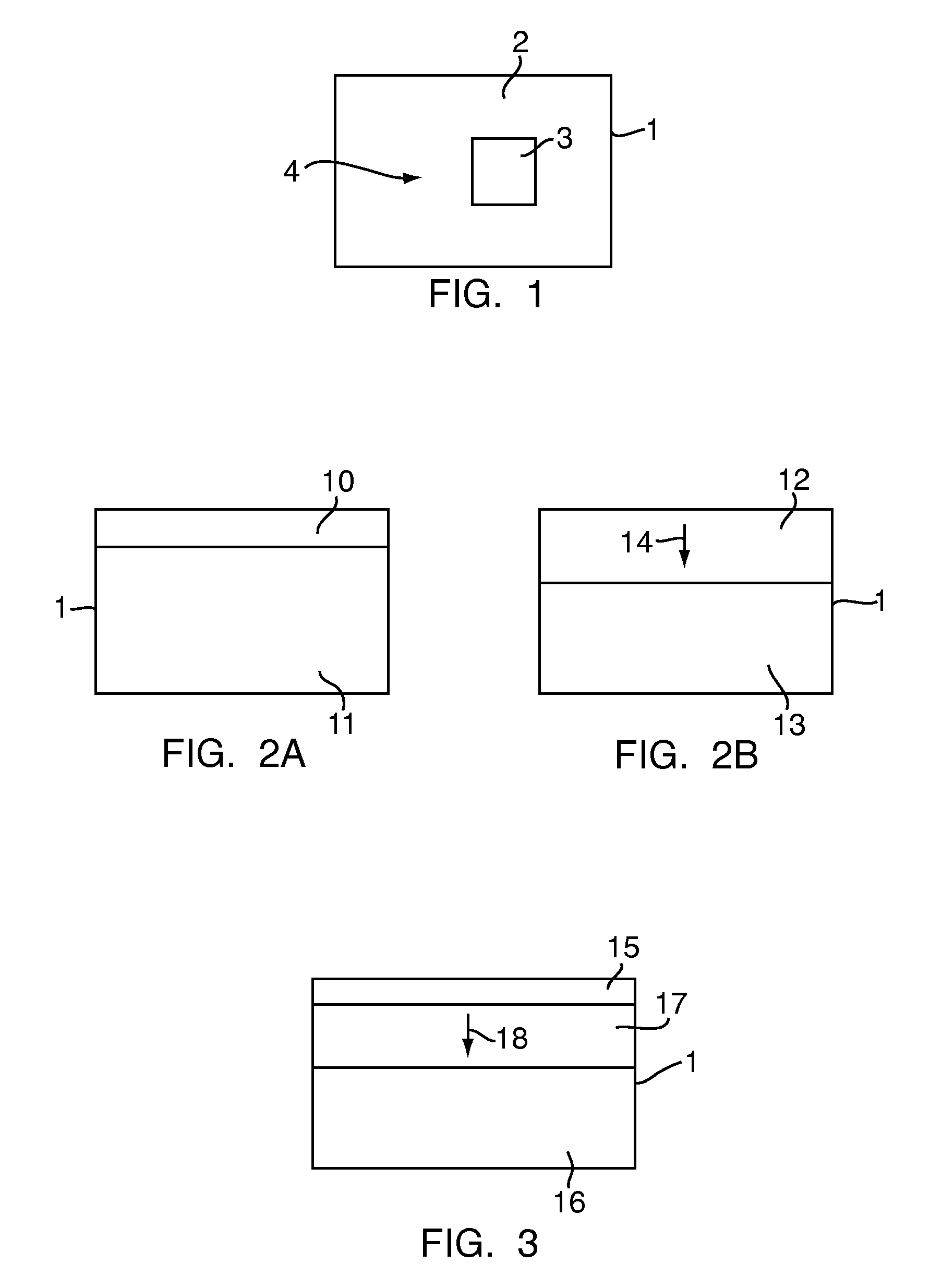Method for treating titanium objects with a surface layer of mixed tantalum and titanium oxides
a technology of titanium oxide and surface layer, which is applied in the direction of special surfaces, chemical vapor deposition coatings, coatings, etc., can solve the problems of failure of such electrodes, increased risk of local breakdown, and difficult control of the formation of mixed metals, so as to prolong the life of electrodes
- Summary
- Abstract
- Description
- Claims
- Application Information
AI Technical Summary
Benefits of technology
Problems solved by technology
Method used
Image
Examples
Embodiment Construction
[0032]FIG. 1 shows a simple illustration of the invention, where an electrically conductive object (3) is positioned in the reaction chamber (2) of the furnace (1). The object (3) has at least one surface of titanium. The substrate reaction material (4) is in the preferred embodiment of the invention TaCl5 supplied in some solid state, preferable as a powder.
[0033]The main process of the invention is a reaction between a tantalum-halide, being tantalum in an oxidation level higher than 0, and titanium metal with oxidation level 0. An example is that at a suitable process temperature (the target temperature), then the reaction
4TaCl5(s)+5Ti(s)→4Ta(0)+5TiCl4(g)
is able to progress. The target temperature is preferably chosen between 880-930 degrees Celsius, or preferably 900 degrees Celsius.
[0034]Depending on factors like the size of the objects (3) and the target temperature, the heating continues for a few minutes, or possibly even less than one minute.
[0035]The precipitated tantalum ...
PUM
| Property | Measurement | Unit |
|---|---|---|
| temperature | aaaaa | aaaaa |
| temperature | aaaaa | aaaaa |
| temperature | aaaaa | aaaaa |
Abstract
Description
Claims
Application Information
 Login to View More
Login to View More - R&D
- Intellectual Property
- Life Sciences
- Materials
- Tech Scout
- Unparalleled Data Quality
- Higher Quality Content
- 60% Fewer Hallucinations
Browse by: Latest US Patents, China's latest patents, Technical Efficacy Thesaurus, Application Domain, Technology Topic, Popular Technical Reports.
© 2025 PatSnap. All rights reserved.Legal|Privacy policy|Modern Slavery Act Transparency Statement|Sitemap|About US| Contact US: help@patsnap.com


